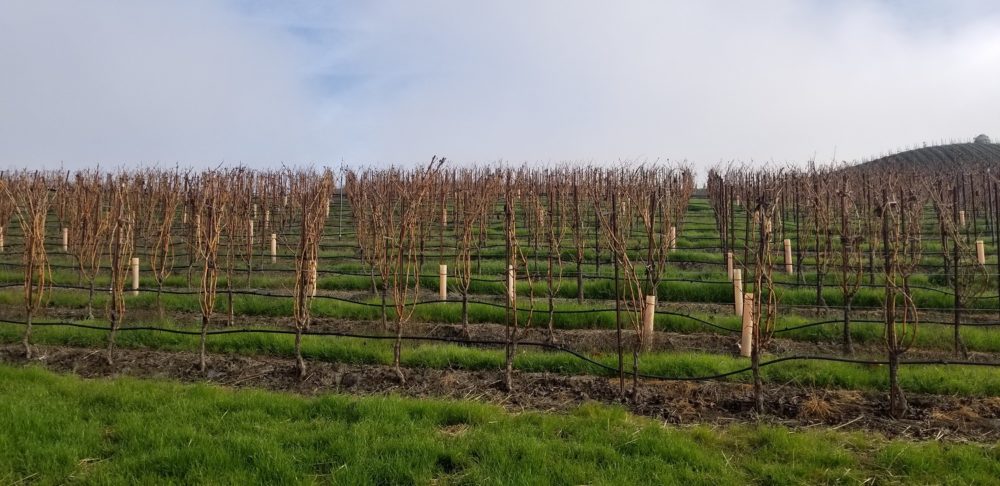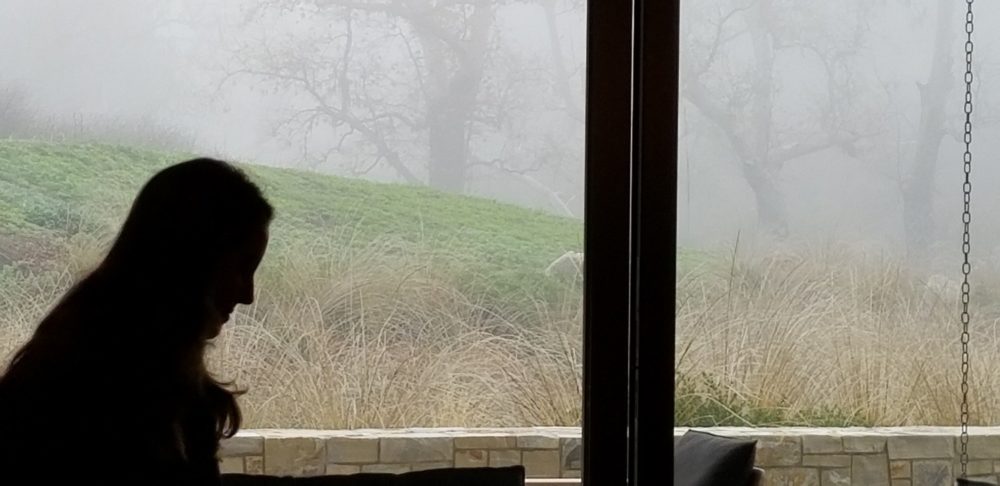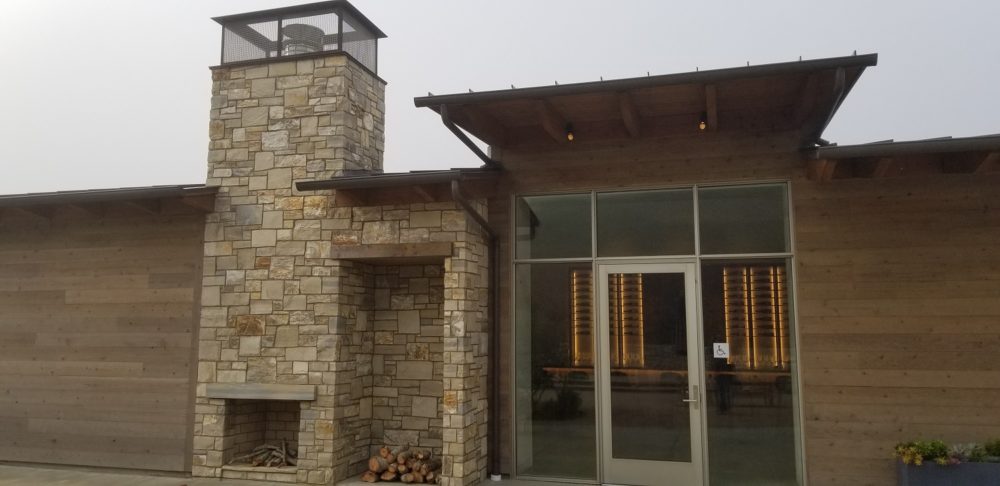
Nature invented math, or at the very least, presaged it. An equation that amusingly demonstrates this is the Fibonacci sequence, closely associated with the Golden Ratio. The Fibonacci sequence is a series of numbers: 0, 1, 1, 2, 3, 5, 8, 13, 21, 34, and so on; the following number is always found by adding up the two numbers before it. Fibonacci numbers can be found in the petals of a flower, the leaves around a stem, the rows of pine nuts on a pinecone, rows of seeds on the sunflower, the seeds inside an orange or an apple…The Golden Ratio is often illustrated as the Golden Triangle, which contains within it equations forming a spiral. Also known as the Golden Spiral, the formation of a common rose demonstrates the spiral’s symmetry in nature.
Though attractive to mystics and seekers longing to crack some kind of divine or mystical code, these numbers that appear in nature play a practical role in ensuring that plants grow efficiently. In succulents and cabbages, for example, the golden spiral formation is quite apparent, demonstrating how the precise space between leaves allows for the most amount of sun, air and the intake of nutrients.
John Wagner, who studied Physics in college, and who owns Peake Ranch Winery in Santa Barbara’s Sta. Rita Hills region, chose to include the Golden Ratio on the project’s wine label and logo. Though he went on to pursue a career in finance, managing wealth portfolios, Wagner remains enchanted by the symmetrical beauty of the natural world. What better place, then, for him to land than the former site of the original Sanford Winery, which for a time became the site of the Alma Rosa tasting room? Anyone who has had the privilege of being on that land can speak to its innate power and…well, magic. I’m hesitant to use the word “magic” for I consider myself to be a bit too practical to believe in magic, but I’ll at least admit that whatever power exists up at that site is rare and commanding. For lack of a better term, it’s a piece of land that has a great vibe.

The number of blue birds, raptors, insects and hare everywhere one looks might validate my assumption about Peake Ranch. As manicured and well-farmed as are the vineyards themselves, the wilds surrounding the site are untamed, rugged, thick with old oak trees heavy with Spanish moss. Peake Ranch is located off of the Santa Rosa Road corridor of the Sta. Rita Hills appellation. It’s the lesser traveled road in the region, which more commonly is associated with vineyard sites off of Hwy. 246. This part of the appellation is more heavily forested and remote.
Directing winemaking at Peake Ranch Winery is Wynne Solomon, who, still in her late 20s, shows quite a bit of promise. A modest, shy bearing belies an intentional farmer and winemaker who’s serious about, and committed to, her vocation. She spends a majority of her time throughout the growing season, leading up to harvest, out in the vineyard. Solomon is a fan of what she calls precision farming. “We are really focused on analyzing all the different aspects that go into farming. We have water retention probes in the ground that assess whether or not a block needs water. So, we’re not trying to just dry farm all our pinot noir, for example, but if the soil is saturated from amazing storms and it has good water-holding capacity, we’re not going to water,” Solomon says. “It’s about trying to do what the vine needs instead of telling it what it needs. It’s about listening. And being able to respond is just as important.”
Peake Ranch’s vineyard manager, Mike Anderson, has been tasked with keeping a close eye on vine health. Solomon, who has been at Peake Ranch Winery since 2017, says she at first found Anderson’s intense focus on vine health “challenging at times. His focus is not as much on fruit. Obviously, he’s going to keep the fruit clean and pristine, but that’s kind of where my role comes in. He’s focusing on the vineyard being healthy, beautiful and lasting forever. We have the same goals. I need beautiful fruit and he needs healthy vines. His focus on vine health has been very eye-opening for me. I respect his focus on keeping a vineyard alive forever,” she now says.
Over the years, she has learned to deconstruct “truisms” in fine wine production she once assumed were fixed. “I used to think all lower yielding blocks were better,” she says. Solomon then observed that some of Peake Ranch’s higher-yielding blocks presented more distinctive fruit. During her first full vintage at Peake, she told herself to just “watch and observe. I didn’t want to just take things I’d learned at other properties and automatically plug them in at this property. I no longer make decisions based upon ‘just because’. I’ve really been trying to figure out what these myths are about and breaking them down.”
A graduate of Cal Poly, Solomon grew up in Sonoma. She tried to get into Davis, but didn’t get accepted so attended Cal Poly instead. She found the coastal college town of San Luis Obispo to be the perfect place to learn. From Cal Poly she went to work for local Central Coast winemaker Steven Ross, whom she now cites as a mentor who taught her about precision and cleanliness in winemaking. She was later Assistant Winemaker at Melville Winery, perhaps the most broadly known winery in the Sta. Rita Hills appellation, with a national (albeit boutique) presence in the wholesale market. She refers to Melville winemaker and vineyard manager Chad Melville as another mentor, who taught her about long, extended macerations, stem inclusion, and texture in wine. She says she found her own style studying both Melville and Ross.

Solomon and I taste through the 2017s, which are in bottle, and the 2018s and 2019s out of barrels and tanks. The 2017s have a stronger oak profile, perhaps a stylistic decision by Peake’s previous winemaker, Paul Lato, critically popular for his balanced yet rich wines. Solomon finished the 2017s, but they went through elevage under Lato’s guidance. Under Solomon’s stewardship, the ’18 and ’19 vintages emerge leaner, more elegant, retrained yet offering pleasure and weight.
We first taste through the chardonnays and pinots, and we momentarily dive into the realm of clonal material. For Solomon, clones only interest her in how they relate to one another at Peake Ranch. “We have 50 acres planted here at Peake. There are 30 different blocks. We grow four different varieties, and within those varieties we have two to nine clones in each block. So we get a lot of variation. I’ve been learning so much about different clones over the last few years – how they interact in different environments. But I can’t take the knowledge of how Pommard reacts here versus how it reacts at John Sebastiano Vineyard (Wagner’s other vineyard, off of the Hwy. 246 corridor in Sta. Rita Hills). There are some similarities: for example, the skin is thicker at both sites…typically, but it doesn’t mean it’s always thicker, and it doesn’t mean it’s a positive attribute at each site. At Peake estate, it is because those thick skins result in a very earthy, tannin-driven wine, but in a region where it doesn’t fit as well, it’s no longer a favorable feature. I can’t have a favorite clone. That’s absolutely out of the question because each clone plays so differently in any given environment. It’s never the same in two different locations.”
When I ask Solomon if she uses benchmarks to shape how she makes wine, she responds, “For me, it’s very important to taste wine in general, and I want to have the development in my palate so I can really taste nuances. That’s a job in and of itself. I don’t find myself comparing any wines to benchmarks. I wouldn’t want to not have that intuitive choice option. I learn about wines – tasting wine – based upon texture. I think tasting wines, whether local or European counterpoints, is mostly important because of texture, but I could never – would never – want to choose a winemaker or region to target and try to copy. And I’m so fortunate because John Wagner has never held up somebody else’s wine and said, “This is the wine I want to make.”

Though best known for their chardonnays and pinot noirs, I personally favor the Peake Ranch Winery grenaches and syrahs; their cool climate Rhônes are fragrant, vibrant, and naturally high in acid. The grenache has especially lifted floral aromas that enliven the glass. It’s a lovely expression of this variety and a truly graceful one at that. The syrah has an iodine appeal that I find irresistible, and a pronounced minerality in the nose lends it an urbane bearing.
When Solomon isn’t in the cellar or the vineyard, she enjoys rock climbing. She and her boyfriend, also an avid climber, go climbing together during the winter, when harvest is over and they can spend more time together. Recently, the pair rented a house in Joshua Tree and invited friends. They climbed during the day, and in the evenings prepared and shared communal meals. Solomon visits Joshua Tree with the intention of observing nature the way she does when she’s out walking in the woods behind the vineyard. “It’s more about communion and observation,” she says. Among the vines, Solomon feels her interaction with nature is a more studious one; she’s still observing, but with a list of items and an endgame in mind. “But when I’m out in nature just to be out in nature, it’s about whatever flies by. What tree catches my eye? What smells surprise me? It’s that type of interaction that’s really important to me. It’s more of a free-form kind of learning about nature. I’m not creating anything out of it. I have no agenda.”

